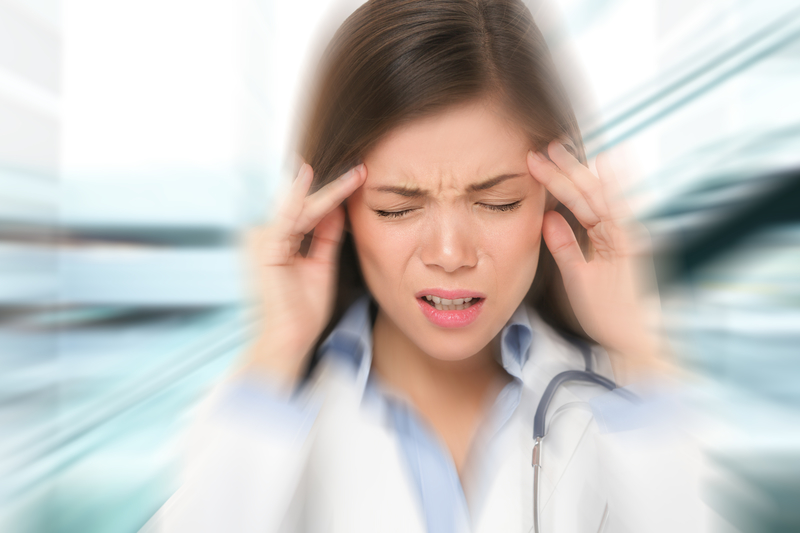Since everyone is different, it's always best to chat with your doctor about ways to prevent future migraines, especially before beginning any medical or herbal treatments. There are also varying types of migraines, each of which may require separate treatments. Below are some tips from a chronic migraine sufferer to alleviate migraine pain so that you can get back to enjoying your day!
Migraine Relief and Treatment
Darken the rooms – Migraines increase sensitivity to light, close the blinds and turn the lights off or wear sunglasses.
Reduce Noise – Even white noises can sound like a marching band during a migraine, unplug, turn off the TV, let the kids play in the yard and get some peace and quiet.
Reduce Smells/Odors – Migraines can cause nausea and even vomiting. Wash off perfume, postpone cooking, and remove plugins or candles.
Have a cup of coffee – caffeine alone can relieve migraine pain in the early stages or enhance the pain-reducing effects of acetaminophen (Tylenol, others) and aspirin.
Hot and Cold Treatment
- Submerge your feet in a bucket of hot water (as hot as you can stand it) for two minutes.
- Place a cold rag on back of neck.
- After two minutes in the hot water, remove feet and put in a bucket of ice water for two minutes.
- Repeat process for 20 minutes.
- This process will draw the blood to the feet and away from the head.
Herbal Migraine Treatments
Feverfew (Tanacetum Parthenium) A 2011 review published in Pharmacognosy Review suggested that feverfew is an effective treatment for migraines, fevers, the common cold, and arthritis. Feverfew leaves contain many different chemicals, including one called parthenolide. Parthenolide or other chemicals decrease factors in the body that might cause migraine headaches. Feverfew migraine relief when taken as a preventive daily supplement and not as an instant relief method.
Ginger (Zingiber officinale) – Ginger has been well-documented as anti-inflammatory, antiviral, antifungal, and antibacterial. In a published study by the Journal of Phytotherapy the effectiveness of ginger powder in the treatment of common migraine attacks is statistically comparable to sumatriptan. Ginger also poses a better side effect profile than sumatriptan.
Peppermint (Mentha x balsamea) – Peppermint offers a cooling effect, stimulates blood flow and inhibits muscle contractions. A study published in the International Journal of Clinical Practice found that menthol was effective at stopping migraine pain and easing nausea. Drink mint tea to aide with nausea caused by migraines, and use diluted mint essential oil topically (such as the migraine pain ease recipe below).
Essential Oil Migraine Treatment
Herbs and essential oils have been used for many years to treat a plethora of symptoms. This Migraine Pain Ease blend of essential oils helps ease the symptoms of migraines and headaches. Note: Do not use essential oils on children, and test on a small patch of skin on the wrist for sensitivity before applying to the neck and head.
Migraine Pain Ease Essential Oil Blend Recipe
Ingredients
- 5 drops Ginger Essential Oil
- 10 drops Peppermint essential oil
- 5 drops Lavender Essential Oil
- 5 drops of Rosemary Essential Oil
- 1 Ounce of Magnesium Oil
- 1 Roll-on bottle
Instructions
- Remove the roller ball
- Add essential oils
- Fill the remaining of the roller bottle with the magnesium oil
- Replace ball and lid, shake well before use.
I use the Migraine Pain Ease on the back of my neck and my temples. I also use on my sinuses when I have a cold and it helps relieve the sinus pressure.
Let us know in the comments below if you try any of these tips! Do you have any treatment suggestions for migraines?
Article Source: Common Sense Homesteading
